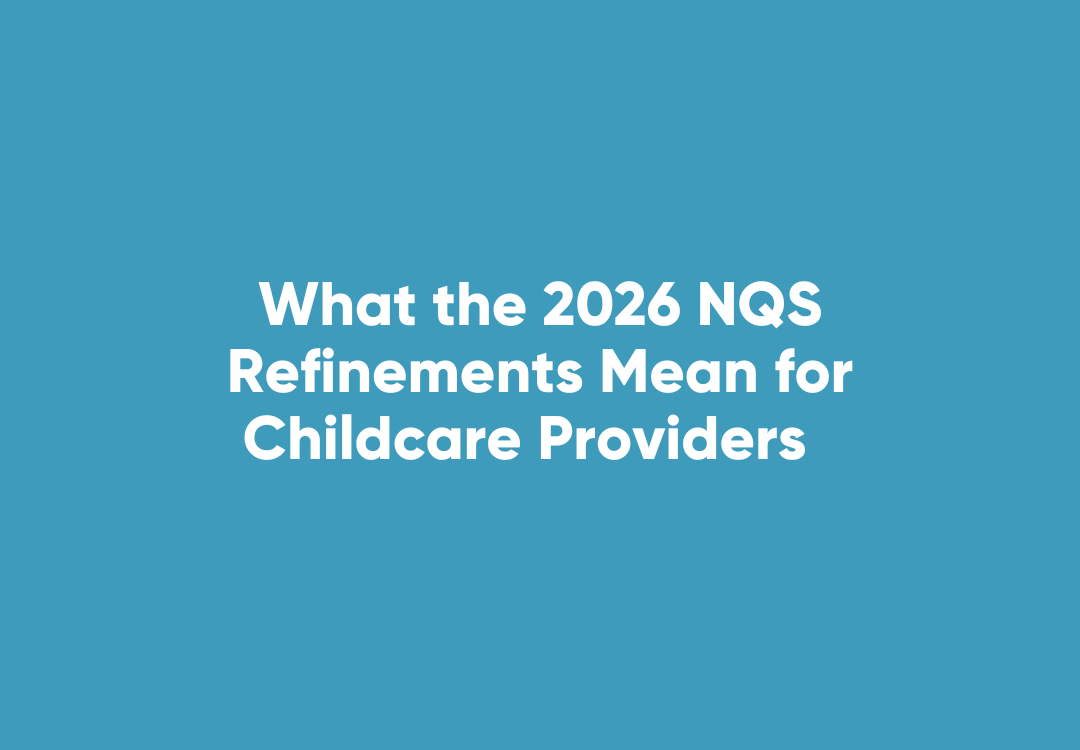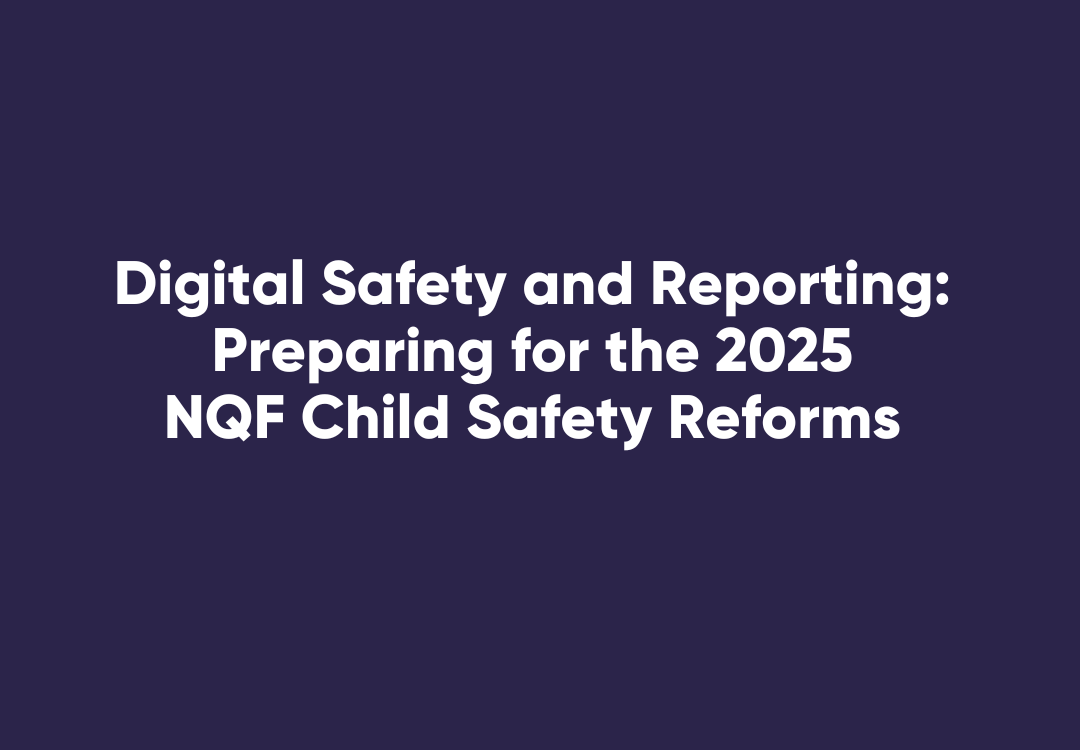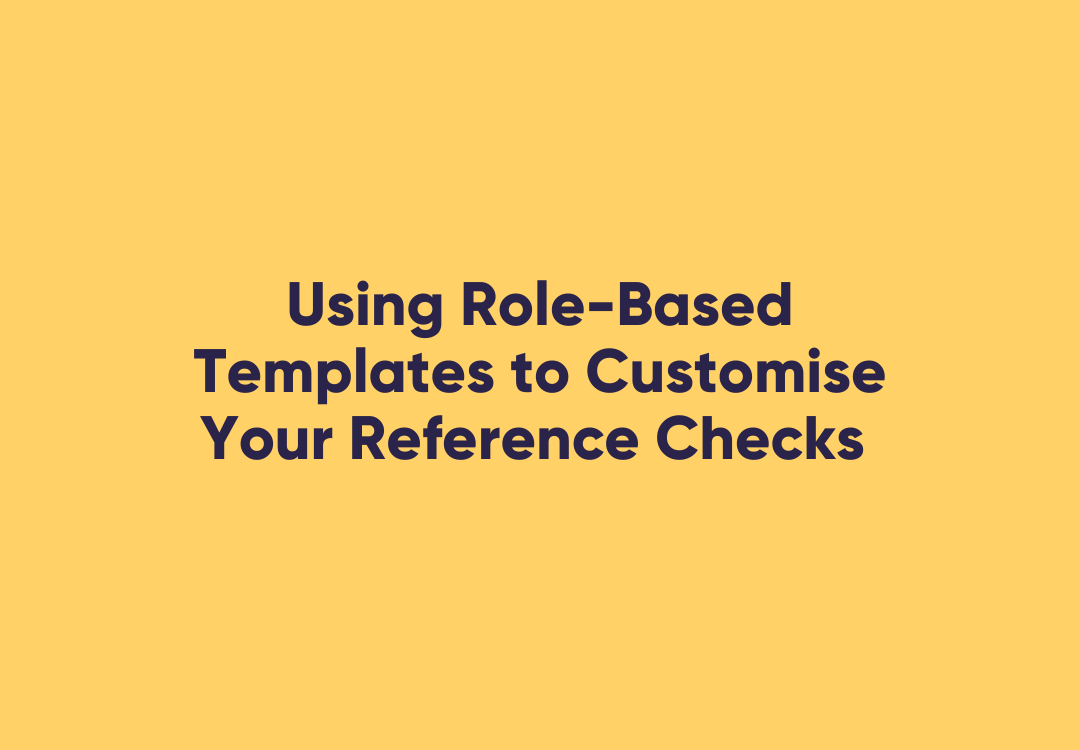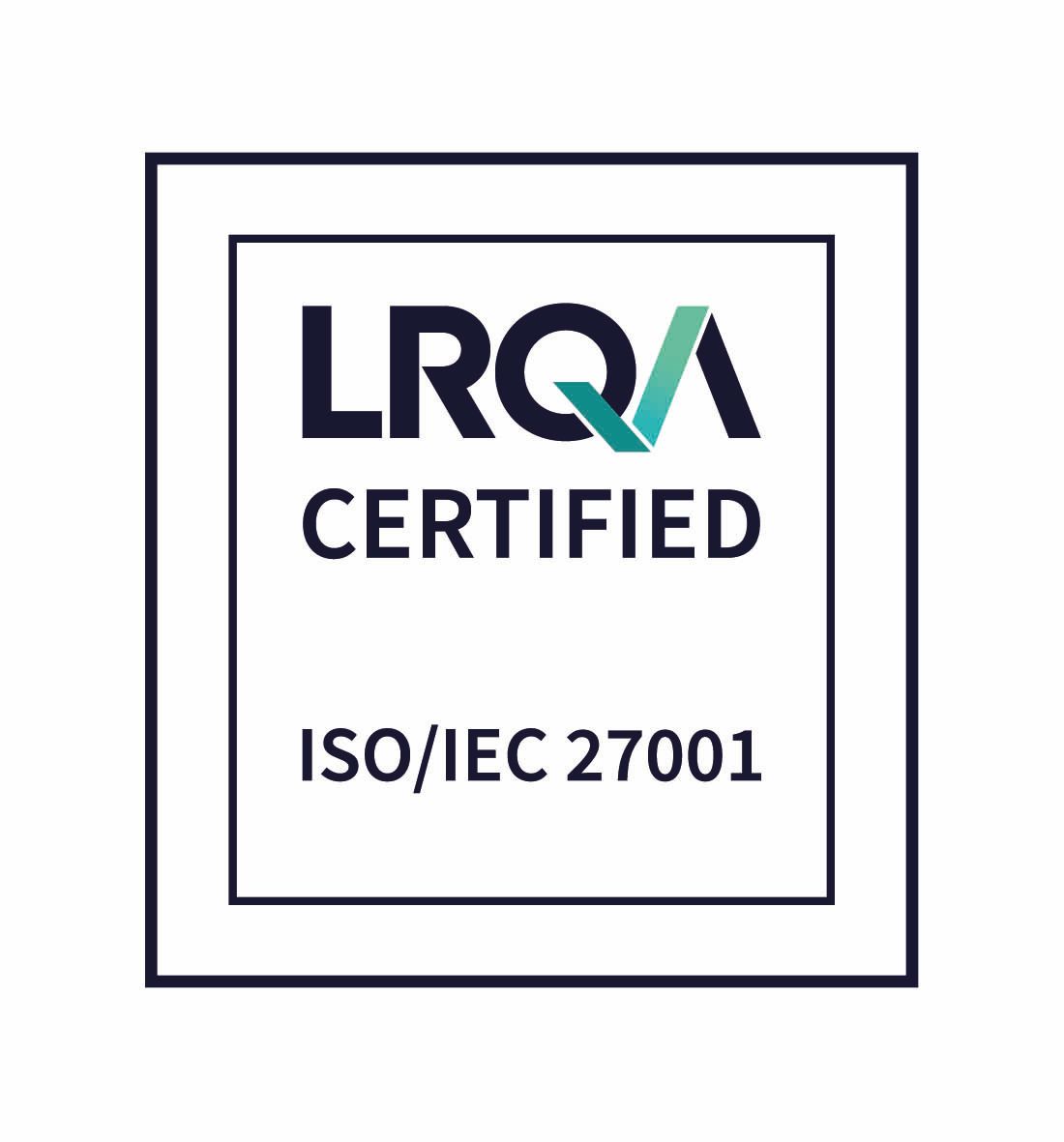WHS Risk Review: Strengthen Safety Systems for FY25-26
WHS Risk Review: Strengthen Safety Systems for FY25-26
With FY25-26 underway, now is the time for Australian organisations to ensure their Work Health and Safety (WHS) systems are not only compliant, but also equipped to support workforce safety and business stability in the year ahead.
Recent data from Safe Work Australia shows more than 130,000 serious workers’ compensation claims were lodged in a single year, with industries like healthcare, construction, and logistics consistently ranking among the highest risk sectors. Meanwhile, research from HRD Australia notes that organisations with strong safety cultures report 48% fewer incidents and significantly lower turnover.
A WHS risk review at the start of the financial year gives employers the insight needed to address gaps before they become liabilities. It’s a practical, structured way to assess hazards, review systems, and align safety efforts with both legal obligations and operational needs.
What is a WHS Risk Review?
A WHS risk review is a systematic check of how effectively an organisation is managing health and safety risks. It’s about identifying gaps in policies, practices, and people knowledge, then fixing them with targeted improvements.
This process typically includes:
· Inspecting worksites for physical, chemical, biological, and psychosocial risks
· Reviewing past incidents, near misses, and claims to spot patterns
· Assessing whether safety training and policies are current, understood, and in use
· Engaging workers to uncover overlooked risks or unclear procedures
· Auditing emergency plans and critical controls for relevance and effectiveness
When done early in the financial year, this review becomes a tool to drive safety performance, reduce exposure, and support planning across teams and departments.
Why Run a WHS Risk Review Now?
Running a WHS review early in FY25-26 helps HR, operations, and compliance teams tackle safety strategically. It offers:
Legal clarity
Ensures alignment with the Australian WHS Strategy 2023–2033 and state-based regulations, reducing the risk of non-compliance or enforcement.
Smarter resourcing
Supports budgeting and workforce planning by identifying safety improvements and required investments early.
Business resilience
Reduces the likelihood of injury-related disruptions, reputational damage, and increased insurance premiums.
Workforce trust
Signals a proactive commitment to staff wellbeing, particularly important in high-turnover sectors like retail, logistics, and care services.
Data-led improvement
Provides benchmarks for safety KPIs and helps leadership track improvements over time.
How to Conduct a Targeted WHS Risk Review
Follow these steps to run a review that delivers results, not just paperwork:
· Set your scope
Identify which locations, teams, or risk categories you’ll assess. Confirm who’s responsible for reviewing, reporting, and actioning outcomes.
· Gather your evidence
Collect safety policies, risk registers, training records, injury data, and audit reports. Ensure you have an accurate, current view.
· Inspect your environment
Conduct physical walk-throughs to spot visible hazards. Use checklists to assess layout, equipment, storage, and traffic flow.
· Engage your people
Run quick surveys or small-group conversations with workers across levels. Focus on what they’ve seen, what’s unclear, and where they feel exposed.
· Review systems and training
Check that inductions are being completed, licences are valid, and refresher training is tracked and enforced. Use your LMS or HR system for visibility.
· Map gaps and non-compliance
Prioritise based on risk level and business impact. Document findings with assigned responsibilities and clear timelines.
· Monitor and follow up
Build review dates into your safety calendar. Use dashboards or alerts to track completion and accountability.
WHS Priorities by Industry
Every sector faces different WHS pressures. Tailoring your review by industry strengthens its relevance and outcomes:
· Logistics: Focus on fatigue management, vehicle safety, and licence tracking. High staff turnover means induction and verification must be tight.
· Construction: Look at high-risk work permits, safety gear compliance, and on-site emergency response. Inductions need to be site-specific and tracked.
· Retail and hospitality: Prioritise slips, manual handling, and aggression risks. Fast-paced environments often skip refresher training - check completion rates.
· Education and care: Consider psychosocial risks, infection control, and child safety. Ensure policies are accessible and clearly communicated to casual or part-time staff.
How WorkPro Supports Your WHS Review
WorkPro gives HR and compliance teams the tools to manage WHS reviews and ongoing safety tasks with confidence:
· Digital Identity and Right-to-Work Checks
Verify
identity and
work rights upfront, reducing onboarding time and ensuring compliance with the Digital ID Act 2024.
· eLearning Modules and Expiry Tracking
Deliver and track WHS training across your workforce. More than
60 modules available, accessible on any device, with automated alerts for expiry or refresher needs.
· Licence and Credential Management
Centralise and monitor licences, inductions, and tickets across your workforce, reducing compliance gaps and admin overhead.
· Policy Distribution and Acknowledgement
Distribute WHS policies and confirm employee understanding with digital sign-offs. All responses are recorded for audit readiness.
· ATS and HRIS Integration
Connect WorkPro to systems like
Bullhorn,
JobAdder, and
PageUp to embed compliance into onboarding. No duplicate data entry. No missed steps.
With WorkPro, WHS becomes a systemised part of your operations, not a burden on your team.
A WHS risk review at the start of FY25-26 is business critical. It strengthens safety, builds trust, and prepares your organisation for smoother operations, reduced exposure, and stronger compliance in the year ahead.
Give your team the tools to manage compliance with confidence - explore how WorkPro can support your FY25-26 WHS strategy and build a safer, smarter workplace.













